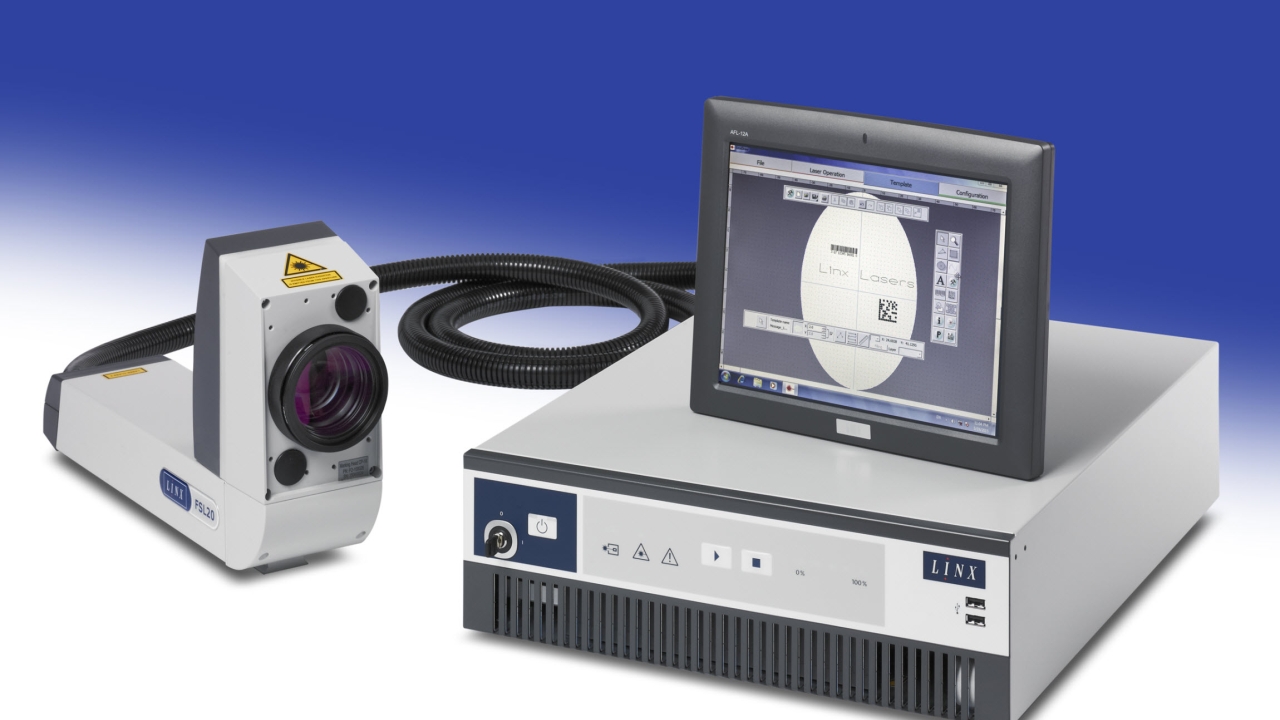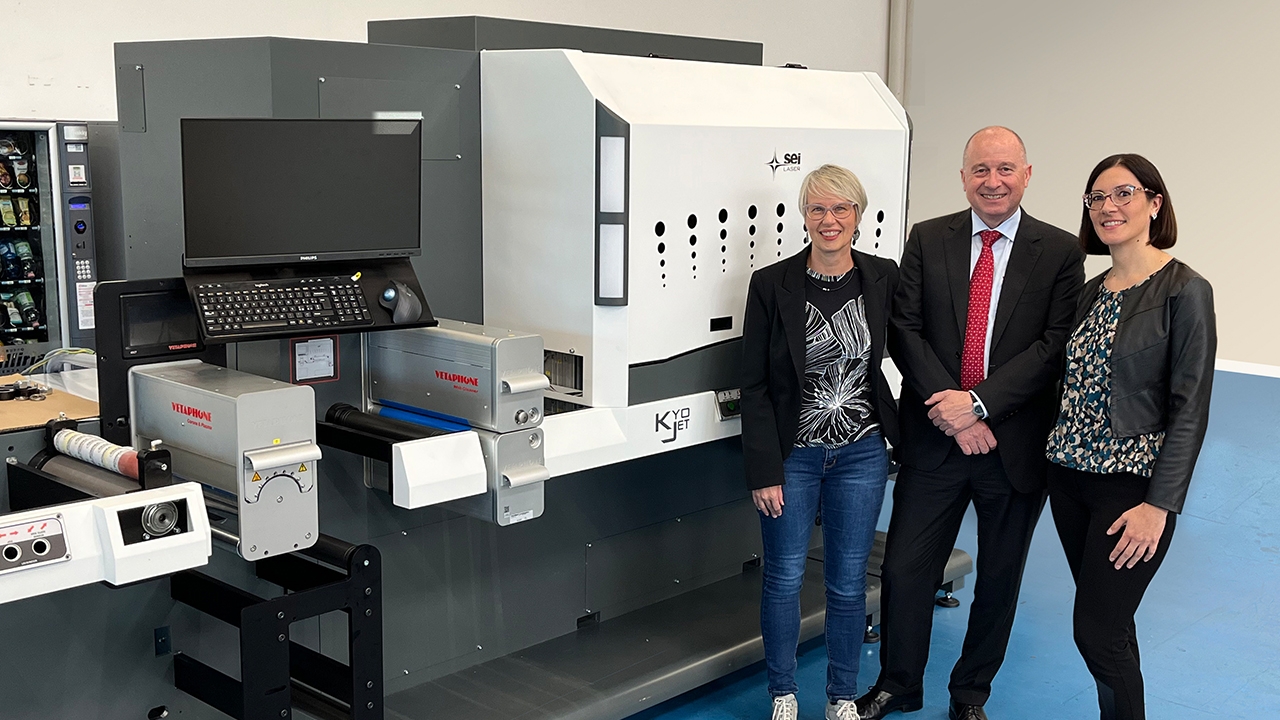Linx extends laser coding portfolio with FSL20 and FSL50 fiber lasers
Linx Printing Technologies has introduced FSL20 and FSL50, two fiber lasers to extended its portfolio of laser coders and provide a hugely flexible coding offering across a wide range of materials for both static applications and moving production lines.

The company said fiber laser technology offers highly energy-efficient coding across many different substrates including metals and plastics, as well as paper and glass, and delivers a very fine spot size which creates excellent quality permanent codes. This makes fiber lasers ideal for producing small discreet codes for traceability or anti-counterfeiting purposes, bigger codes for high profile branding or promotions, and large amounts of information in a small area. The FSL20 and FSL50 coders are suitable for many different sectors including aerospace, automotive, electronics, pharmaceutical, medical devices and tooling, as well as FMCG packaging.
FSL20 and FSL50 have one of the smallest supply units and marking heads on the market, which enable easy integration into even the smallest of factory spaces. The availability of four different lenses means the coders can be tailored to the precise needs of each product, and whether for static or moving environments. Both models feature a wide range of fonts, codes and graphics over multiple lines and unlimited areas, and this versatility also offers effective future proofing, allowing companies to change coding specifications to suit their changing requirements.
The durable construction of the Linx fiber lasers, which includes the IP54-rated marking head, enables the coders to operate in more challenging environments than many other lasers, with the laser source lasting more than 100,000 hours. An internal air cooler offers greater energy efficiency and is maintenance-free, as well as producing cost savings over the installation of a separate cooling system or compressed air supply. Air cooling also eliminates the potential for leaks or clogging commonly found with a water-cooled system.
The option of a beam turning unit (BTU), which allows the Linx fiber lasers to code at right angles, further enhances their flexibility to be installed into small, tight spaces, or integrated into filling machines and OEM machines with minimum disruption to existing workflows. The four different lenses that can be specified are able to focus at different distances from the substrate in order to ensure the best coding option for each application.
The Linx fiber lasers are offered with a choice of 20w (Linx FSL20) and 50w (Linx FSL50) beam sources. LinxDraw software allows quick and easy code creation and changes via an optional color touchscreen or from a separate PC.
Matt Eastham, laser product manager at Linx Printing Technologies, said: ‘With our new fiber lasers we have developed a coder that meets our customers’ most important criteria – easy integration, reliable operation and the flexibility to deliver high quality codes of any description across the widest range of substrates.
‘The Linx FSL20 and FSL50 are class-leading variants and an important addition to our laser coder offering, giving our customers the reassurance of a coding solution that is exactly right for their operation.’
Stay up to date
Subscribe to the free Label News newsletter and receive the latest content every week. We'll never share your email address.

